By Sean Fagan
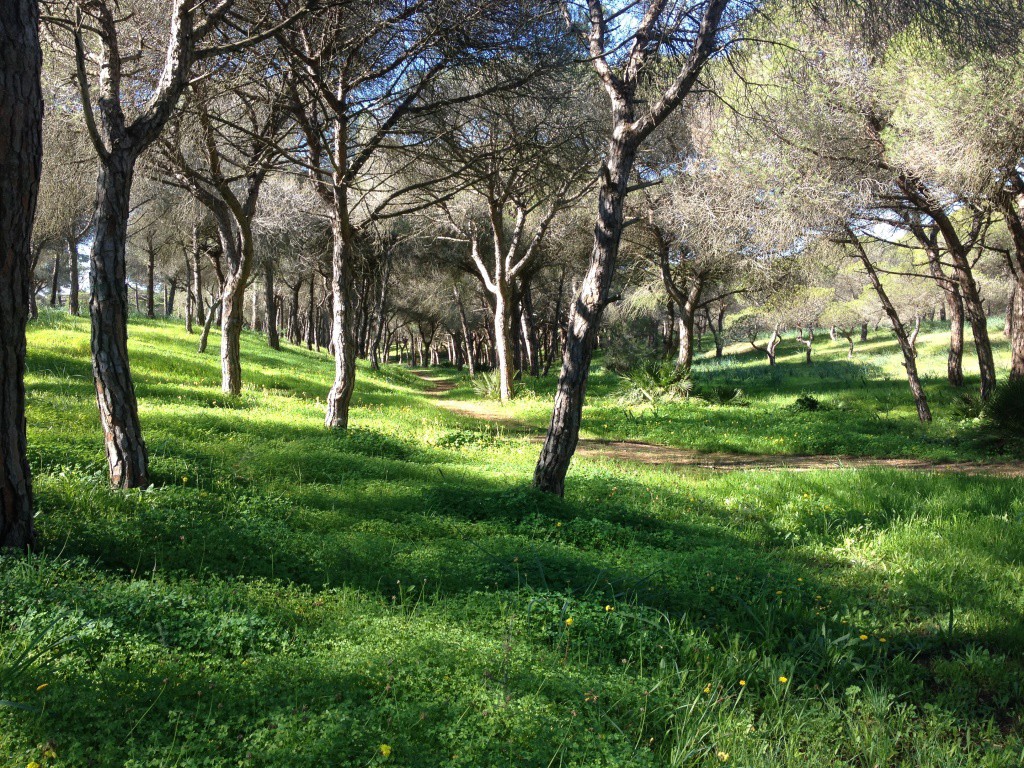
The native pine woods of South Portugal have some mammal species that are also found in Ireland and most of Europe - such as the red fox and Eurasian badger (Photo: Sean Fagan).
.
The Similarity of Tracks & Sign among Related Animals
.
Below, the bed (form) of an Iberian Hare, Lepus granatensis (Photo taken in south Portugal).
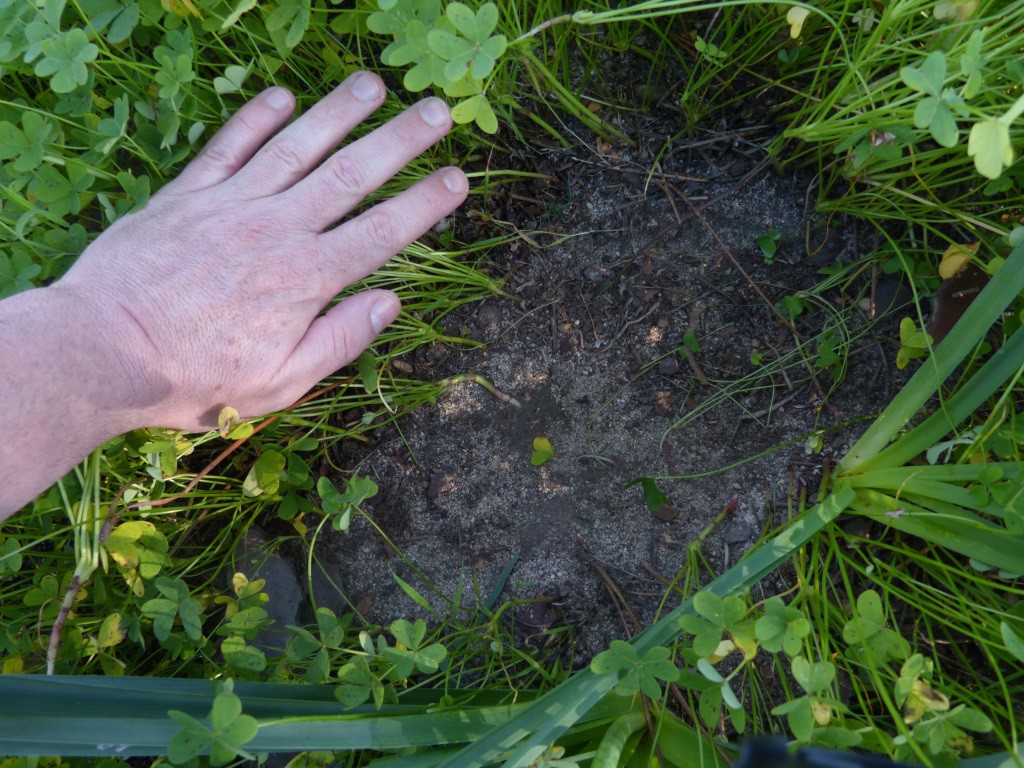
The distinctively broad 'keyhole' shape of a hare form (bed). This bed of an Iberian hare is about 2 hand lengths long and 1 hand length wide - the same dimensions and shape of the bed of an Irish hare, Lepus timidis hibernicus (Photo: Sean Fagan).
.
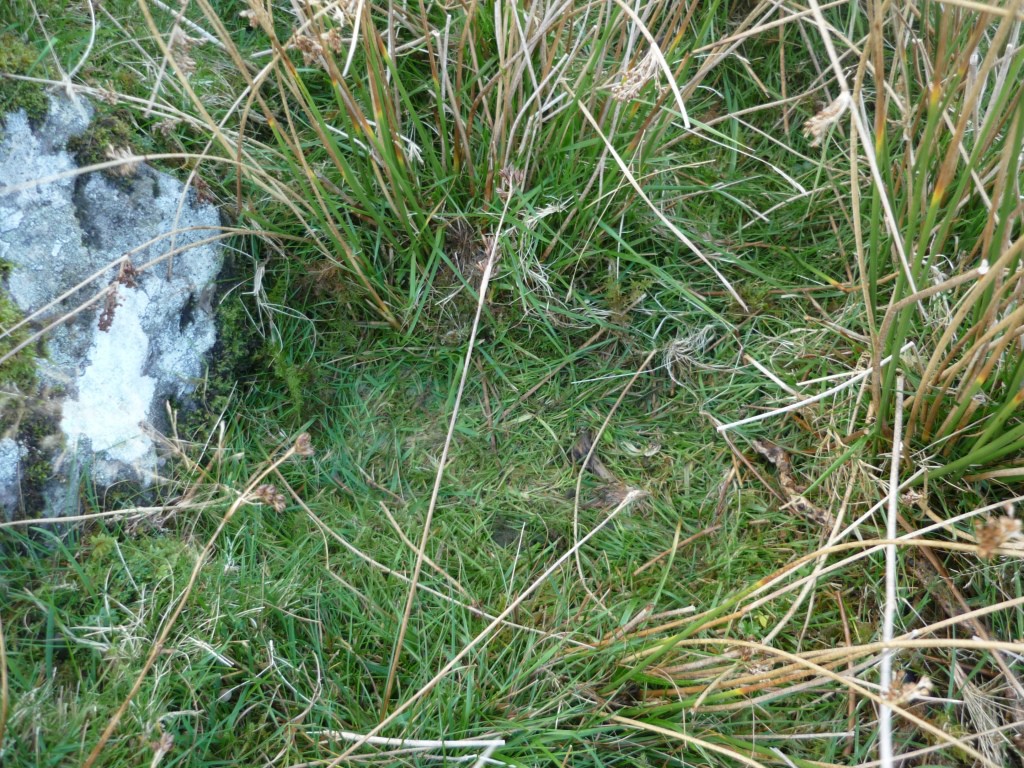
The bed of an Irish hare (above photo) is very similar in shape and dimension as that of the Iberian hare. The keyhole-shaped bed is just about discernible in the above photo - with the wider portion of the keyhole located in the centre of of photo - with the thinner end pointing in the direction of the right corner of photo (Photo: Sean Fagan).
.
.
As can be seen in the above photos - the size and shape of the bed of the Iberian hare are almost identical to the beds of the Irish hare (Lepus timidus hibernicus) - an animal I occasionally track in Ireland.
This is hardly surprising as both mammals are closely related and very similar in size & shape.
Another common sign among both species is their droppings.
Both hare species often defecate near or on their beds.
The droppings of both animals species are almost identical: round or spherical fibrous droppings with a diameter usually ranging between 1 - 1.2 cm.
The similarity of the bed features and droppings of Iberian and Irish hare highlights an important principle of tracking - the commonality of track & sign features among related animals over a broad geographic range.
.
Another example:
The Red Fox & Domestic Dog
.
In Ireland (and most of Europe), the red fox, Vulpes vulpes, is a fairly widespread and mostly common wild animal.
Closely related to the red fox is the domestic dog, Canis lupus familiaris.
It's not uncommon to find red fox and domestic dog tracks together.
The biological family Canidae consists of dog-like carnivores that includes domestic dogs, wolves, foxes, jackals and dingoes.
All members of canidae family have four toes, four claws, a heel pad with an overall oval (egg-shaped) compression shape (The compression shape is the outline of the overall track).
These are the consistent features of all members of the canidae family - although there will be variation in size and other micro-features - they all have four toes, four claws, a heel pad and an oval compression shape.
.
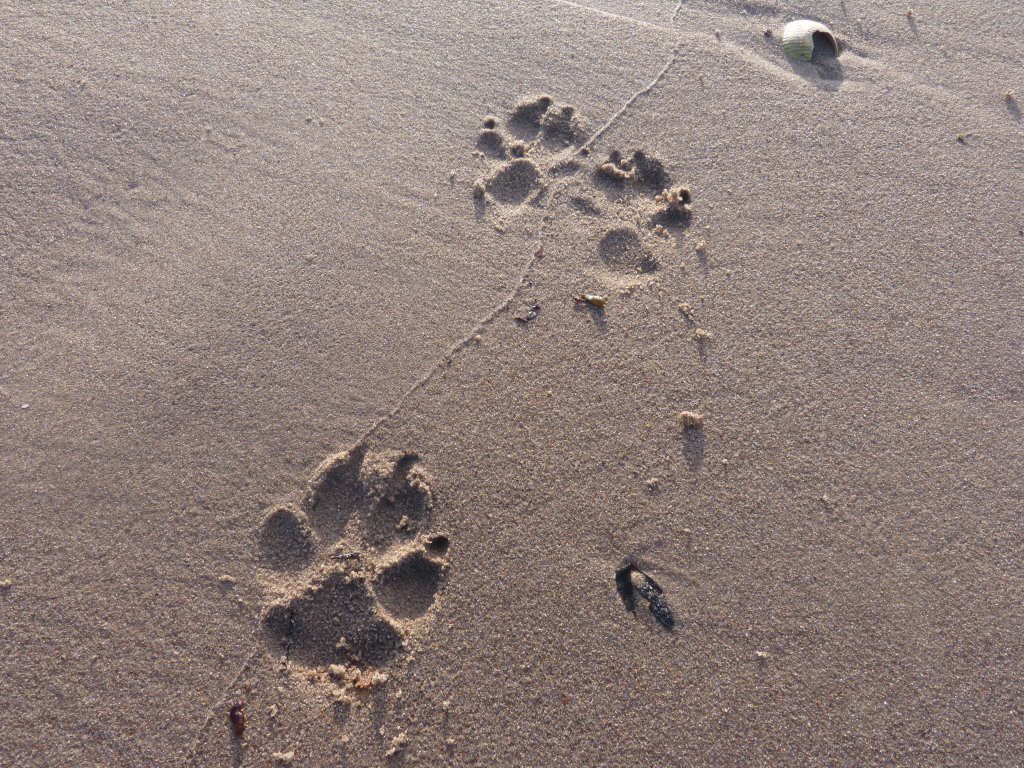
Domestic dog tracks on sand. Typical of all members of the Canidae family, domestic dogs have 4 toes & 4 claws along with a triangular-shaped, bi-lobed heel pad. The overall compression shape is usually oval (longer than wide), (Photo: Sean Fagan).
..
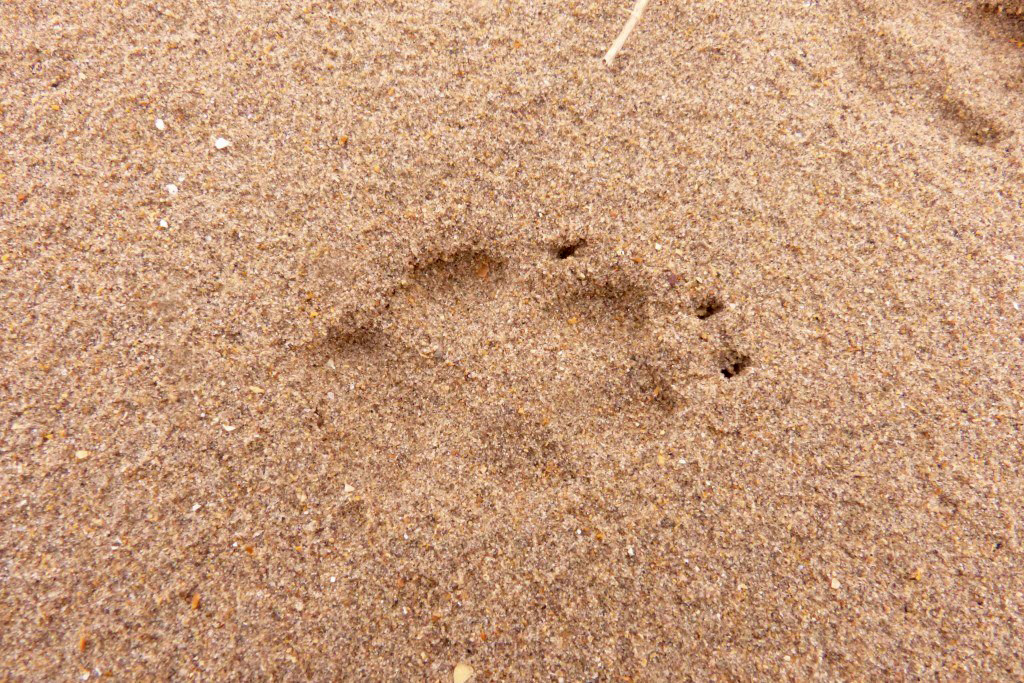
Faint red fox track on sand. The overall oval compression shape and the presence of four toes (along with three of the four claws) and a heel pad strongly indicate this track belongs in the canine (dog) family (Photo: Sean Fagan).
.
But it's not only the features of tracks among related animals that have a connective theme - other tracking sign is usually similar among related animals.
I've already touched upon this point - with the bed and droppings of the Irish and Iberian hare being very similar.
.
My overall message is not complicated...when tracking aboard, don't shy away from making associations between tracks & sign that you are familiar with at home and abroad.
Even if I can't identify an animal track down to species level - if I can narrow the track to a particular animal family I'm already a step ahead in terms of identification.
Also, I'm often ahead of the curve as regards animal behaviour - as there is often a commonality of behaviour between related animals.
.
Lets say I find some large cat tracks abroad but I'm unsure as to what cat species it is (all cat species have four toes, four claws (which usually to not show in the tracks) and a circular compression shape with a proportionally large heel pad).
Without even knowing which cat species I'm tracking - I already know some general cat behaviour associated with tracking and observing cats before - such as most cats being predominately nocturnal/crepuscular and solitary. They are also good climbers, possess a large territory with a number of dens dispersed throughout that territory and often cover their kills and faeces with soil and debris.
Knowing such pertinent behavioral traits can sharpen my focus as to what to look out for when tracking and/or observing cats.
.
Tracking is a great way of connecting to nature both at home and abroad, it's certainly a bushcraft activity that transcends man-made borders.
In effect, tracking enables us to wade deeper into nature's treasures - bringing us a lot closer to understanding the essence of a wild landscape...
...it's a good thing to do.
.
"When we try to pick out anything by itself, we find it hitched to everything else in the Universe." ~ John Muir
.
.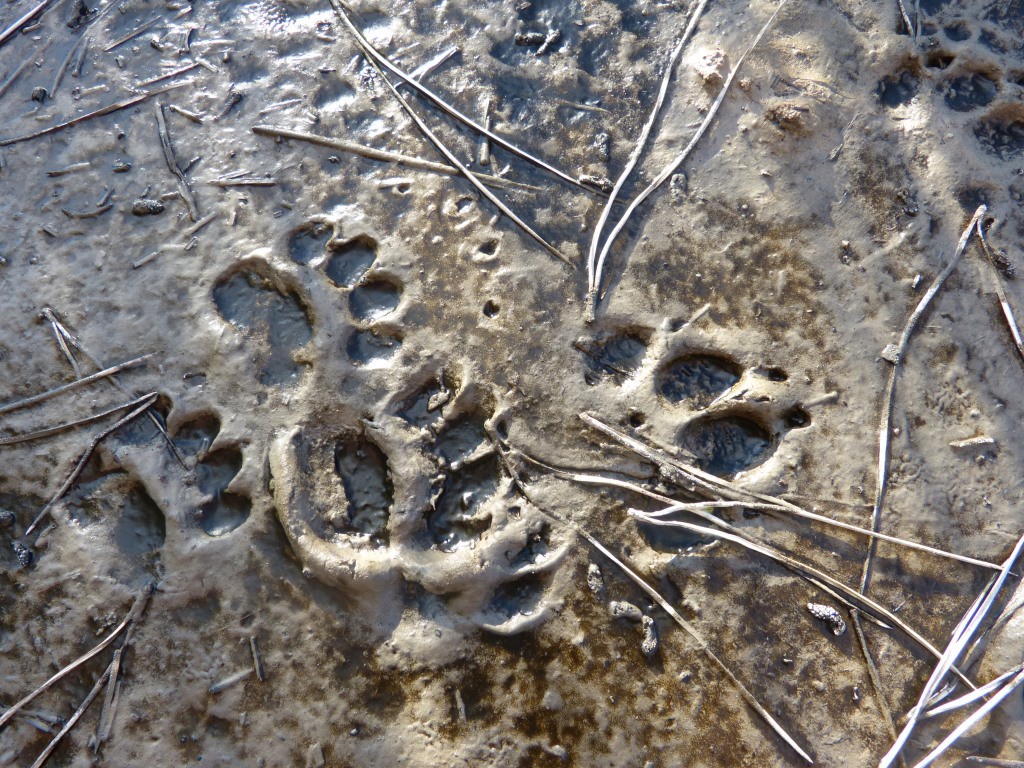
Eurasian badger and domestic dog tracks, south Portugal. There is no significant difference between these tracks in Portugal and the badger and dog tracks I commonly find in Ireland. The lone dog track in photo is right of centre (Photo: Sean Fagan).
.
.
.Related articles on this website:
.
*Check us out on Instagram, Twitter & Facebook for more outdoor-related topics..
Resources:
Recent Comments